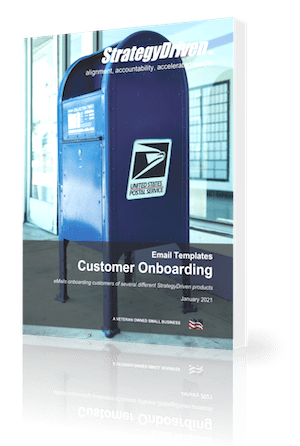Reduce the Grind, Boost Loyalty: How Customer Effort Score Drives Business Growth
Enhancing the customer experience is becoming increasingly vital for businesses to pursue sustained growth and customer loyalty. A critical metric, the Customer Effort Score (CES), is at the heart of this optimization. Articles like the one found on Customer Effort Score (CES) discuss the importance of CES, but what exactly is this metric, and why is it so powerful? CES measures customers’ efforts to accomplish a task, such as purchasing, resolving an issue, or obtaining product support. This score is a predictor of customer loyalty, as studies have shown that the easier it is for customers to interact with a brand, the more likely they are to return and become advocates for the company.
Understanding Customer Effort Score
At its core, the Customer Effort Score (CES) is a self-reported metric that asks customers to evaluate the ease of their experience with a company. Did they have to jump through unnecessary hoops, or was the process surprisingly smooth? These experiences are typically quantified through surveys, where customers rate the ease numerically. Understanding and improving the CES can directly lead to a more favorable customer experience, which is a decisive factor in building a robust customer base in today’s competitive market.
How High Effort Impacts Customer Perceptions
Demanding processes and multiple steps can frustrate even the most patient customers, leading to negative perceptions and a damaged brand reputation. High-effort experiences often result in abandoned shopping carts, poor reviews, and a general loss of business as customers seek out competitors who can offer a smoother experience. By simplifying processes and removing barriers, companies can turn potential frustrations into positive interactions, which can be influential in strengthening customer loyalty. The principle is simple: make it easy, and they will return.
Collecting and Analyzing CES Data
Surveys are usually sent out at critical junctures in the customer journey, including following a purchase or a customer care engagement, to collect consumer experience statistics. Once gathered, this data should be active. Companies must analyze results to identify common pain points and areas for improvement. It can include streamlining specific processes, improving information availability, or ramping up service speed. These insights can transform not just isolated aspects of the customer journey. Still, they can refine the overall business strategy toward a customer-centric approach, where ease and satisfaction are at the forefront of every interaction.
Improving CES for a Better Customer Journey
Improving the Customer Effort Score is a continuous process that requires a strategic approach to customer journey mapping. Identifying the critical touchpoints in the journey where customers feel the most friction and implementing targeted improvements is critical. These adjustments need a thorough comprehension of the consumer’s demands and organizational alignment to prioritize and quickly address these needs. Ultimately, this leads to a seamless journey that feels intuitive and requires minimal customer effort, thus building a better relationship with the brand.
Technological Tools That Aid in Measuring CES
Today’s market offers many technological solutions that simplify the collection and analysis of CES data. From customer feedback platforms to analytical dashboards incorporating machine learning, these tools provide actionable insights that can guide decision-making and help pinpoint areas for improvement. Leveraging these technologies saves valuable time and resources and provides a scalable way to assess and improve customer effort scores continually.
Common Pitfalls in Implementing CES Strategies
While CES offers valuable insights, companies must improve their effectiveness in utilizing this metric. Some common pitfalls include fully committing to the changes suggested by CES data, involving all stakeholders in the company, or failing to recognize the dynamism of customer expectations. Successful businesses understand that CES is about gathering data and driving meaningful action based on insights. This process involves the entire organization, from top management to frontline employees.
CES and Its Role in Strategic Decision Making
Customer Effort Score is more than a standalone metric; it is a strategic asset that can drive critical business decisions. It can foster innovation in product and service offerings, tailor customer communication strategies, and streamline operations when appropriately used. Harvard Business Review’s discussion on the significance of reducing customer effort underlines the pivotal role that CES plays in shaping future business strides toward facilitating pleasant customer experiences.
The Future of CES and Customer Experience Trends
The evolution of consumer behaviors necessitates a forward-thinking approach to managing and interpreting CES. As digital transformation continues accelerating, adapting to new customer service channels and touchpoints will be essential. The future of CES is bound to be defined by this continuous adaptation, with a clear focus on maintaining minimal customer effort and heightened customer satisfaction.
Conclusion
In the crucible of contemporary commerce, the imperative to simplify customer interactions emerges as a linchpin for sustained growth and prosperity. By embracing the Customer Effort Score (CES) as a guiding beacon, businesses unlock a potent conduit for fortifying customer loyalty, mitigating churn, and propelling business expansion. As companies chart their course toward success, pursuing CES optimization emerges as an indispensable tenet, ushering in an era of simplified success and enduring customer advocacy.














Leave a Reply
Want to join the discussion?Feel free to contribute!